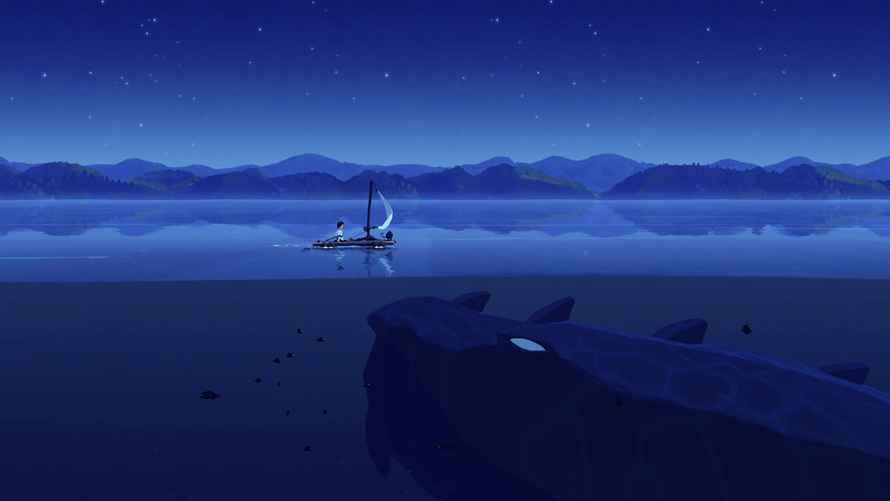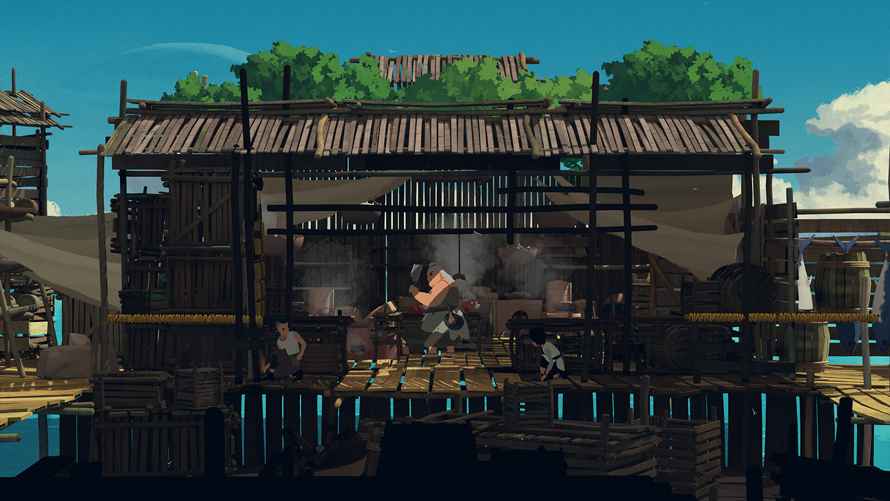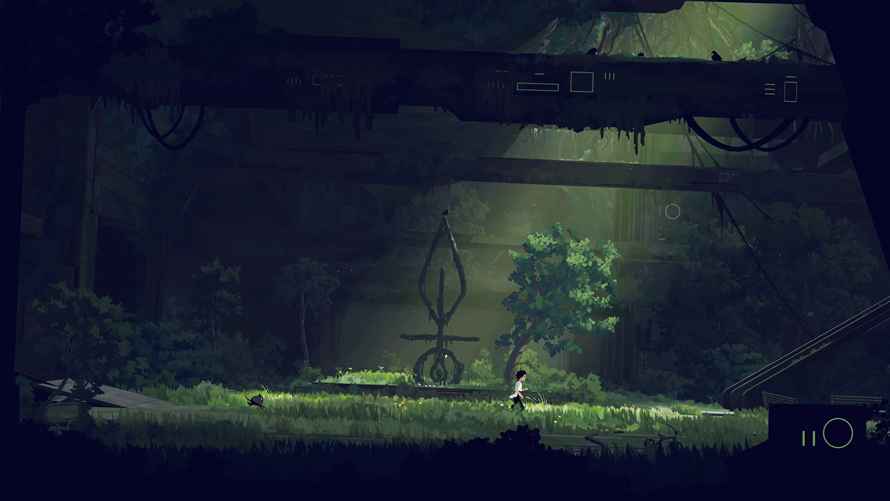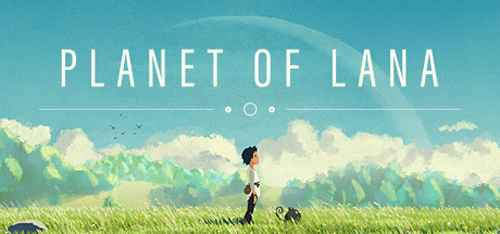Planet of Lana Review
Are games art? Or entertainment? It’s an old argument that I think we’ve moved past. Games can be either, neither, or both. Planet of Lana certainly looks artistic and painterly. But is it also entertaining to play?
War on the World
Planet of Lana is a 2D platform and puzzle game that takes place on an idyllic world called Novo, painted with dramatic sunsets, lush forests, and ominous caverns. The opening tutorial section teaches the player some traversal basics. It introduces Lana and her friend Eelo as they sneak and jump their way around a lovely little fishing village, generally acting like endearing scamps.
As they reach the rolling hills on the outskirts of town, something dramatic happens. Their world is invaded by alien machines not unlike those from War of the Worlds. The aliens range from skittery, spider-like machines to huge behemoths that dwarf the valley. Eelo is captured, put in a cage, and carried off. Lana follows, and the narrative begins.

Not long after, Lana encounters an alien, cat-like creature named Moii. Moii becomes Lana’s ally and most importantly, her puzzle-solving companion. Moii has abilities that complement Lana’s, and those skills are critical to moving forward.
Pieces of the Puzzle
Although Planet of Lana features platforming elements, it isn’t an action game or Metroidvania. There isn’t any combat, no loot to collect, and Lana’s progress is strictly linear. There are, however, a lot of environmental puzzles.
The puzzles basically fall into a couple of categories. The first is sneaking past the aliens by using cover and elements of the landscape. The second type of puzzle is figuring out how to progress around, through, over, and under whatever obstacles or dangers are in the path. In addition to the aliens, there are some dangerous animals out in the wild, too. Moii has the ability to hypnotize them, among other talents.

I’ll be honest, I have a pretty low tolerance for obtuse puzzles, especially those that seem arbitrary and entirely artificial. The puzzles in Planet of Lana ramp up in challenge nicely. Best of all, they’re well integrated into progressing through the world and nicely balanced between difficulty and accessibility. Lana dies easily. She has no defenses. But saves are plentiful and death is rarely an annoying inhibitor to progress.
Attachment Styles
Planet of Lana is one of those games that, once you’ve seen some screenshots or video, you feel compelled to play. Incredibly artistic, it manages to paint with saturated colors to produce images that can be evocative, sentimental, emotional or scary. The design of the aliens are reminiscent of classic sci-fi machines, with skittery insect legs and darting “eyes.”
Composer Takeshi Furukawa — most known for his score to The Last Guardian — contributes one of the most beautiful scores I’ve heard this year. It’s an entirely orchestral soundtrack that emphasizes solo woodwinds and lush strings. While this has been a pretty good year for game music, Furukawa’s score to Planet of Lana is one of the few that absolutely works as a standalone listening experience.
Aside from the music, Planet of Lana’s sound design is excellent but subtle. There is nearly no voice acting, and words are limited to names and some made-up language. The sounds of the natural world are nicely contrasted with that of the alien menace. Between art design, music, and audio, Planet of Lana is an outstanding aesthetic journey. The narrative is less successful, or maybe just less layered. It explains enough, and generates enough gameplay momentum, but lacks the emotional depth you’d expect from the story setup.

So Close
Experienced platformer and puzzle game players will have seen Planet of Lana’s mechanics before, maybe executed with more style or depth. What they won’t have seen is art quite as affecting or heard music that’s so in sync with the visuals. Planet of Lana is only around six hours long. More than that, and the lack of combat or missing originality in the puzzles might be an issue. Planet of Lana is an artistic, beautiful game with just enough satisfying gameplay to keep the player moving from one lovely scene to the next.
***PC code provided by the publisher for review***
The Good
- Incredible art design
- Beautiful music
- Interesting puzzles
The Bad
- Not super original gameplay
- Platforming is very simple
- Story is a little thin

